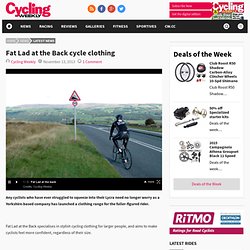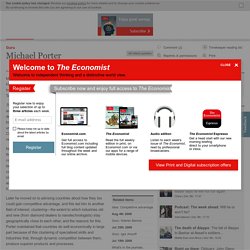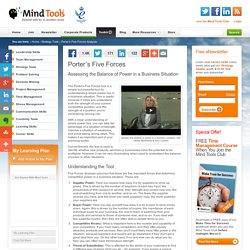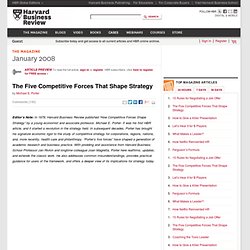

BBC Two - Dragons' Den. Cycle clothing firm enters Dragons' Den. But sadly Fat Lad At The Back didn't make off with the Dragons' cash Cycling clothing brand Fat Lad At The Back took on the Dragons in the BBC's Dragons’ Den at the weekend.

Founders Richard and Lynn Bye pitched their cycling apparel business to try and convince one of the Dragons to go into business with them. While they were sadly unsuccessful, the momentum behind Fat Lad At The Back is increasing with a listing with Evans Cycles and a reported doubling in its customer base. Co-founder Richard Bye said: “Appearing on the show was a great experience and whilst not all the Dragons understood the brand or how or why it empowers normal people, it has definitely provided us with a superb platform to spread our message to our ever expanding community of ‘Fat Lads’, previously not provided for. Article continues below Pictures by BBC.
Fat Lad at the Back cycle clothing. Any cyclists who have ever struggled to squeeze into their Lycra need no longer worry as a Yorkshire-based company has launched a clothing range for the fuller-figured rider.

Fat Lad at the Back specialises in stylish cycling clothing for larger people, and aims to make cyclists feel more confident, regardless of their size. Richard Bye, managing director and self-confessed fat lad, said: “I’ve been a fat lad at the back for over 15 years now and I know there are others out there who struggle to get into the general cycling stuff you can buy. “We wanted a garment that was functional and gave the benefits of the fabric. But if you’re a 44in chest you still get a 44in garment as opposed to a 41in garment – which generally makes you end up looking like a shrink-wrapped chicken.” Guru: Michael Porter. Michael Porter (born 1947) is the doyen of living management gurus, a professor at Harvard Business School whose office is a whole on-campus house, home of his own Institute for Strategy and Competitiveness.

A talented sportsman (like Frederick Winslow Taylor), Porter could have became a professional golf player. The Economist once said (see article): “His work is academic to a fault. Mr Porter is about as likely to produce a blockbuster full of anecdotes and boosterish catchphrases as he is to deliver a lecture dressed in bra and stockings.” He has been criticised for his willingness to boil his thoughts down into a series of bullet points, each of them with a ploddingly unmemorable title.
Unlike many of his colleagues, Porter is frustratingly unquotable. “Billions are wasted on ineffective philanthropy. Nevertheless, Porter effectively redefined the way that businessmen think about competition, largely by introducing the language and concepts of economics into corporate strategy. Our Story - Fat Lad At The Back. 1 long weekend, 3 fat lads, 4 alpine hills.

This was the alcohol infused challenge we set ourselves. Our own Etape du pain, conceived of some misguided idea that 3 middle aged men in lycra, collectively weighing in excess of 280kg’s, could cycle Alpe D’Huez, Col de la Croix de Fer, Télégraphe and Galibier in 3 days. Who’ll be last up the hills? We joked and laughed about having a jersey printed for the previous days fat lad at the back, a Yorkshire version of the Lantern Rouge. And so he was born. Porter's Five Forces - Problem Solving Techniques from MindTools.com.
Assessing the Balance of Power in a Business Situation Assess the balance of power in a business situation, with James Manktelow & Amy Carlson.

The Porter's Five Forces tool is a simple but powerful tool for understanding where power lies in a business situation. This is useful, because it helps you understand both the strength of your current competitive position, and the strength of a position you're considering moving into. With a clear understanding of where power lies, you can take fair advantage of a situation of strength, improve a situation of weakness, and avoid taking wrong steps. This makes it an important part of your planning toolkit. Conventionally, the tool is used to identify whether new products, services or businesses have the potential to be profitable.
Understanding the Tool Five Forces Analysis assumes that there are five important forces that determine competitive power in a business situation. From "How Competitive Forces Shape Strategy" by Michael E. The Five Competitive Forces That Shape Strategy. Editor’s Note: In 1979, Harvard Business Review published “How Competitive Forces Shape Strategy” by a young economist and associate professor, Michael E.

Porter. It was his first HBR article, and it started a revolution in the strategy field. In subsequent decades, Porter has brought his signature economic rigor to the study of competitive strategy for corporations, regions, nations, and, more recently, health care and philanthropy. “Porter’s five forces” have shaped a generation of academic research and business practice. With prodding and assistance from Harvard Business School Professor Jan Rivkin and longtime colleague Joan Magretta, Porter here reaffirms, updates, and extends the classic work. In essence, the job of the strategist is to understand and cope with competition. As different from one another as industries might appear on the surface, the underlying drivers of profitability are the same. The Five Forces That Shape Industry Competition Forces That Shape Competition.